Hidden Saw Page
Scroll Down to View More Information
BCHW Sawyer Program

BCHW (Back Country Horsemen of Washington) is proud to have a sawyer certification program. The BCHW saw program is administered by our Saw Program Instructors who report to the USFS Region 6 Saw Program Manager. Our two program instructors hold the USFS’s highest level of sawyer certification –that of C Sawyer Evaluator. The Sawyer program is led by BCHW members Tony Karniss and Tom Mix (pictured on the right being presented the President's Diamond Award by 2019 BCHW President Kathy Young).
Their contact information is located below.
In accordance with the USDA Forest Service, BCHW is authorized to instruct, evaluate and certify BCHW members (and qualifying friends) in the safe use of cross cut and chain saws to buck downed trees. We do not issue felling credentials.
If you are interested in becoming a certified sawyer, ask your Chapter president, director or trail boss for the contact information of the nearest I/E (Instructor/Evaluator) who will know about upcoming classes.
Sawyer Levels:
• Individual sawyers certified at the “A” or “Apprentice” level must re-certify every year. An A level sawyer must saw under the immediate supervision of a level B or C sawyer
• Individual sawyers certified as “B”, “C” or “Journeyman” level sawyers must re-certify every three years.
• C level -sawyers with good communication skills are encouraged to become Instructor/Evaluator.
Tony Karniss
BCHW Lewis County Chapter
Email: tkarniss@gmail.com
360-748-8640 (Home)
360-520-5697 (Cell)
Tom Mix
BCHW Peninsula Chapter
BCHW Sawyer Program Lead
Email: backcountrypacker.mix@gmail.com
(360) 582-0460
How do I learn more about the BCHW Sawyer Program?
The following link provides detailed information regarding commonly asked questions for those interested in the BCHW Sawyer program. Please click this link to learn more
To gain even more understanding about the US Forest Service National Saw Program for Region 6, please click this link. The information contained in this presentation will provide you with both history, overall details for those interested in becoming a sawyer, and those that support the BCHW mission.
How do I find where there is a class?
If you are interested in becoming a certified sawyer, ask your Chapter president, director or trail boss for the contact information of the nearest I/E (Instructor/Evaluator) who will know about upcoming classes. You are also welcome to reach out to Tony Karniss and Tom Mix (contact information is above).
Who are Sawyer Instructors or Evaluators that I might contact?
How do I become a Certified Sawyer?

Fill out the below online form or use the printable registration and follow the instructions. You can find out more by clicking this link to understand the registration process flow.
BCHW Sawyer Class Online Registration Process Flow Chart
Sawyer Certification Class Online Registration Form
Sawyer Certification Class (Printable) Registration/Data Entry Form
Requirements to bring to class:
- Wear proper Protective Personal Equipment (PPE) *Reference below section for details
- Have current certifications for First Aid, CPR (need to bring card to class)
What resources should I study prior to taking the class?

The below links contain resource materials that you should study prior to attending a class.
The materials are divided by tool.
Chain Saw Education Materials:
Chain Saw and Crosscut Training Course Student Guidebook
JHA (Job Hazard Analysis) for Chain Saw
Crosscut Saw Education Materials:
Saws that Sing: A Guide to using Crosscut Saws
Chain Saw and Crosscut Training Course Student Guidebook
JHA (Job Hazard Analysis) for Crosscut Saw
CPR and First Aid Certification Resources:
There are some options for finding online resources to obtain your certification.
American CPR Care Association OR American Red Cross
Another option is to check with your local fire station to see if they have any in person trainings scheduled.
Other Tools You Should Be Familiar With:
Some of the many tools we use with saws are axes and wedges.
The below links have great information regarding the use of the axe.
Safety Requirements
What type of “safety gear” should I have prior to training or going on a work party? And what is PPE (Personal Protective Equipment)?
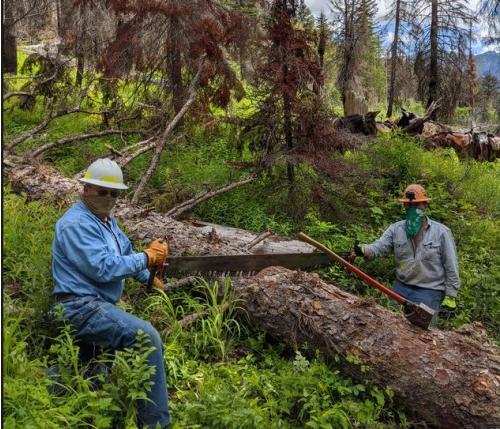
Using the appropriate safety gear can substantially reduce the chances of injuries occurring. They may also reduce the severity of possible injuries that may arise. Below is a list of what is needed when using a crosscut and/or chain saw.
Required Personal Protective Equipment (PPE)
How do I know if I have the right gear to be safe?
Examples of Proper Chainsaw Personal Protective Equipment
Examples of Proper Crosscut Saw Personal Protective Equipment
What is OHLEC and why is it key to your everyday life?

Develop an objective for the operation (this could be related to the cut plan or some other item trying to be accomplished)
Examples to think about (with the overall goal of "how do I get home safely")
- Where do you want the cut piece when finished?
- Determine how brush will be removed and disposed?
- Determine sequence and direction of limb removal?
Develop a plan to identify the hazards and obstacles in the operation (this could be related to the cutting operation or other item trying to be accomplished)
- Overhead - Widow Makers, Dead Trees, Leaners, Loose Bark, Snags
- Upslope & Downslope
- Both Sides of log
- Spring Poles
- Weather (wind, ice, rain, heat, light)
- Limbs and Branches / Rotten Wood
- Foreign Objects
- Bees and Poisonous Plants
- People (tired, thirsty, hungry, too eager, hot/cold)
- Animals
Determine the binds in the log to be bucked (evaluate the limbing and brushing)
- Predict the binds based on bearing points and lie of the log
- Determine the binds in the Springpoles
- Determine how the binds will change during the cutting operation
- Determine the reactionary forces when the log is cut
Identify the escape route and safety quadrants and zones for you and the crew
- Determine the "good" and the "bad" side of the cutting area
- Clear the escape route
- Determine and communicate the safe area for the saw crew
- Determine safety quadrants for each sawyer when double bucking
Develop the cut plan for the operation (this could be related to the cutting operation or other item trying to be accomplished)
- Determine the cutting sequence
- Determine the type of cuts required
- Determine what type of supports or prep will be required to move cut pieces
- Communicate the plan to the team
- Assign tasks to the saw team and swampers
What is Situational Awareness and how can it help me?
How do I keep myself safe and others around me? What is situational awareness and why is it important?
The situational awareness checklist can be used for self-assessment during sawing operations. It also can be used for discussions, tailgate safety sessions, or one on one problem solving (to overcome performance or skill deficiencies) in the field.
Determine if it is a "Go" or a "No Go" by clicking on this situational awareness checklist.
Other things to consider:
Do you have the right team for the job?
Do you have the proper safety equipment (including first aid kit)?
Do you have enough equipment (the items needed for a successful plan)?
Do you have enough people to keep trail users clear of the work area?
1. Know the game plan.
2. Follow known procedures.
3. Cross-check and verify (environmental conditions, overhead survey, ground survey, site prep, crew/equipment, cut analysis and plan)
4. Provide ongoing update through cross-talk and call-outs.
5. Anticipate next steps and possible events.
By drawing on a shared knowledge base, you and your team can develop accurate expectations of each other’s performance during the situation. With the shared mental model, you can anticipate and predict member needs while adapting to task demands and changes.
If at any time you feel confusion or ambiguity about the game plan or your assigned tasks, immediately seek clarification, so that it becomes clear to you. On the other hand, if you feel a team member is confused, clarify (or ask the appropriate team member to clarify) the desired expectations.
Final step - Leaving the Work site
Your checklist:
Do you have all the tools?
Is everything secured?
Is the tread restored?
Is the work site restored?
Are there any dangerous conditions still remaining? If so, flag it and notify the land manager ASAP.
Note the location (take pictures)
Condition details
Equipment needed to make the area safe
Forest/trail condition
Landscape conditions
What form should I fill out if I get hurt on a work party and who do I give it to?
If an injury occurs when using a crosscut or chain saw while working on a BCHW work event, please submit the below completed form to the Regional Sawyer Program Manager within 12 days of the incident. If you have any questions, contact Tony Karniss or Tom Mix.
How do I keep my crosscut saw sharp and tuned?
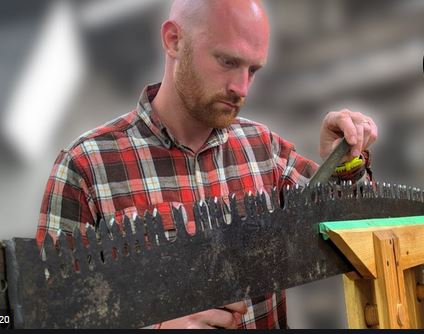
Crosscut saws require periodic sharpening by a professional saw sharpener. Keep your crosscut saw sharp for safety and for optimum cuts.
The below are a list of individuals who have attended training for saw sharpening. Please feel free to contact them with your requests.
Additional Resources:
Please check out the Safety forms and documents on the BCHW website. A good item to review is the Communication Plan.
State wide land manager radio communications frequencies and repeater chart
Additional resources you may want to reference.




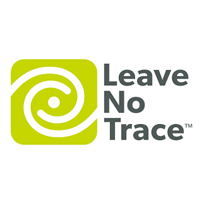
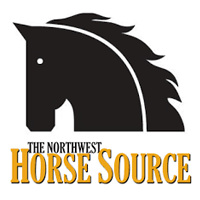
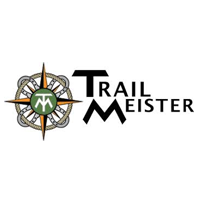
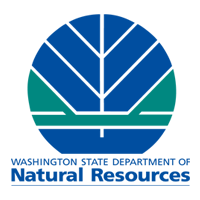
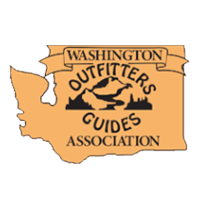
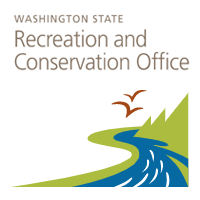
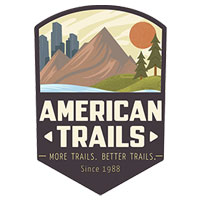


 Follow
Follow

